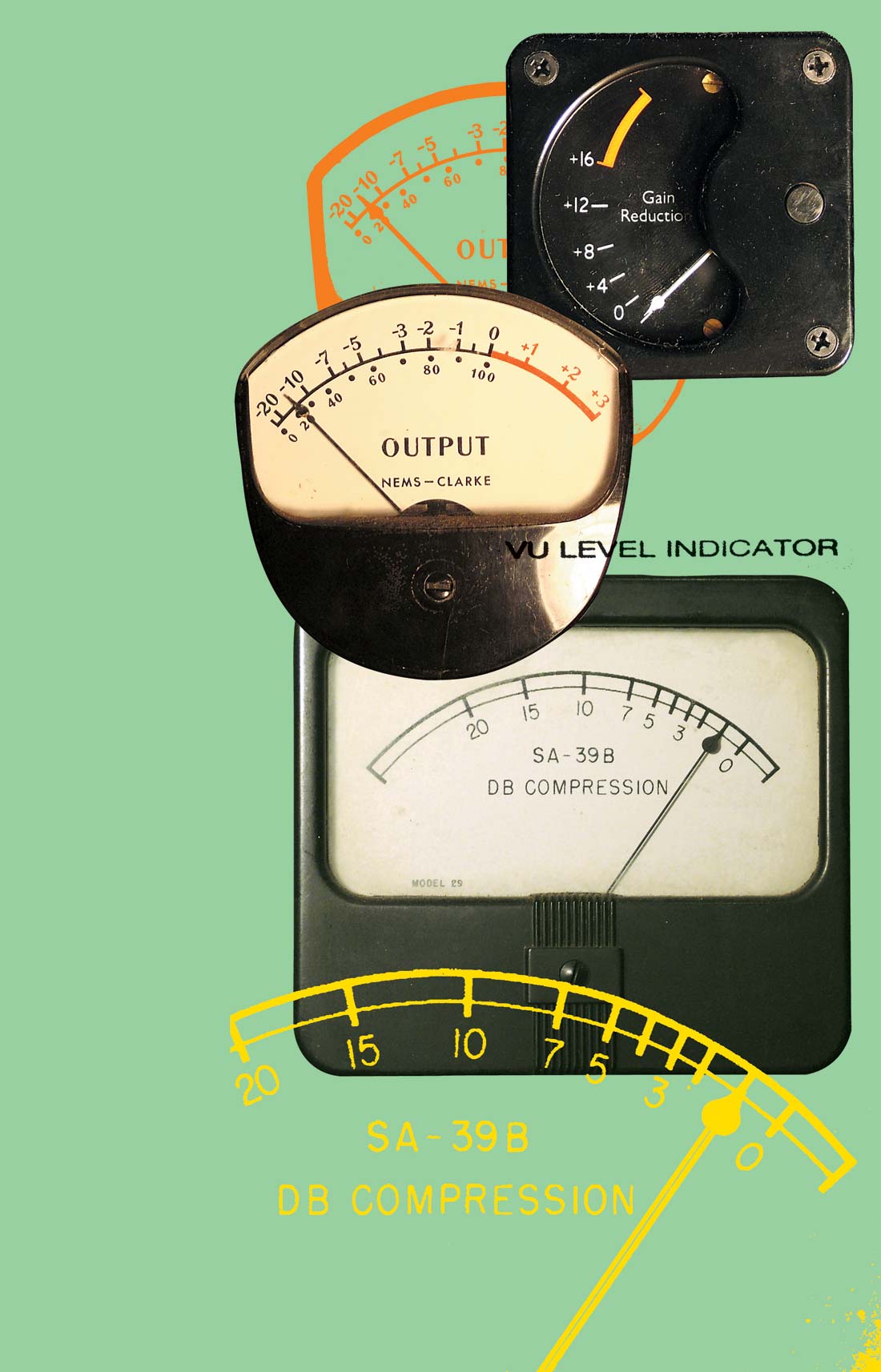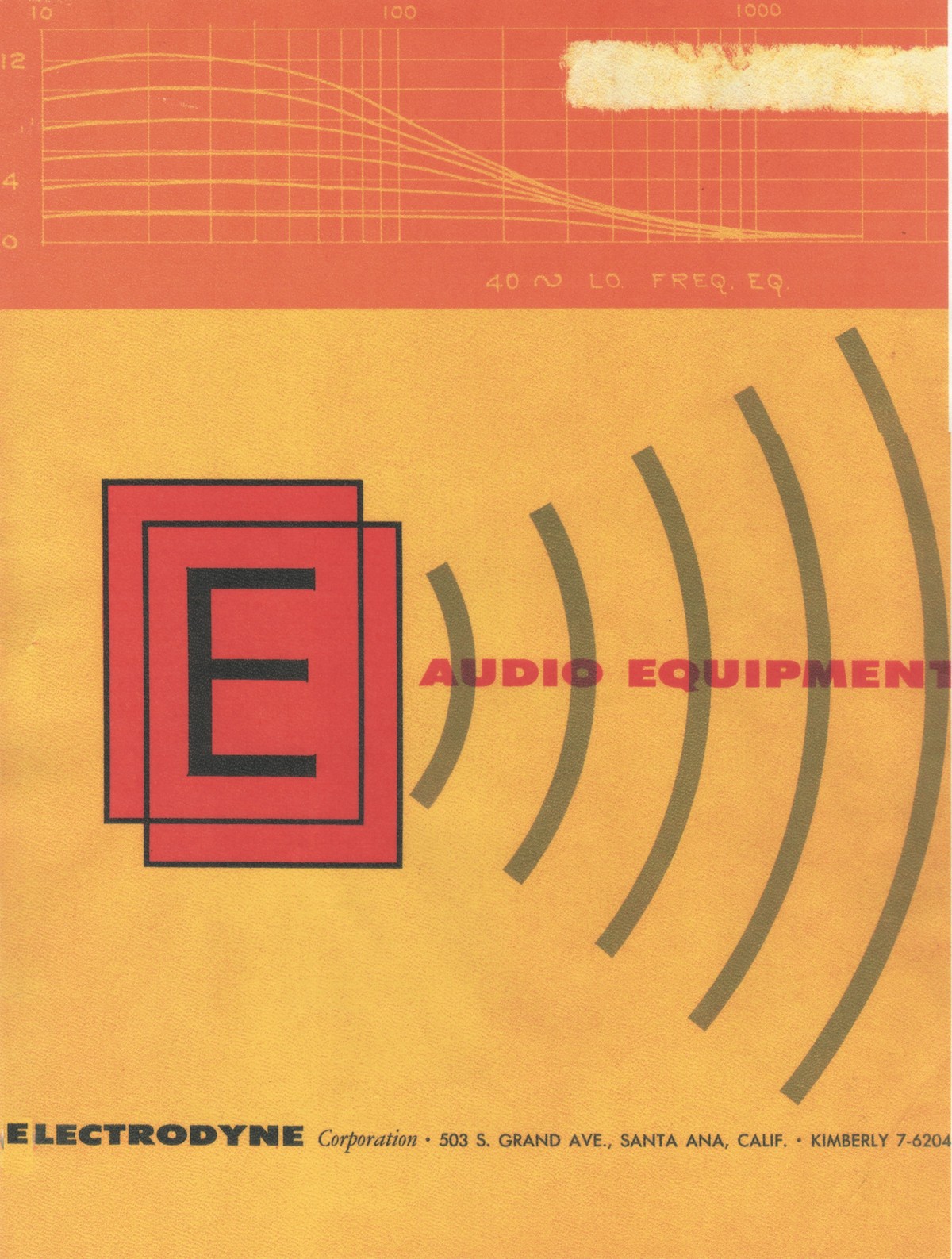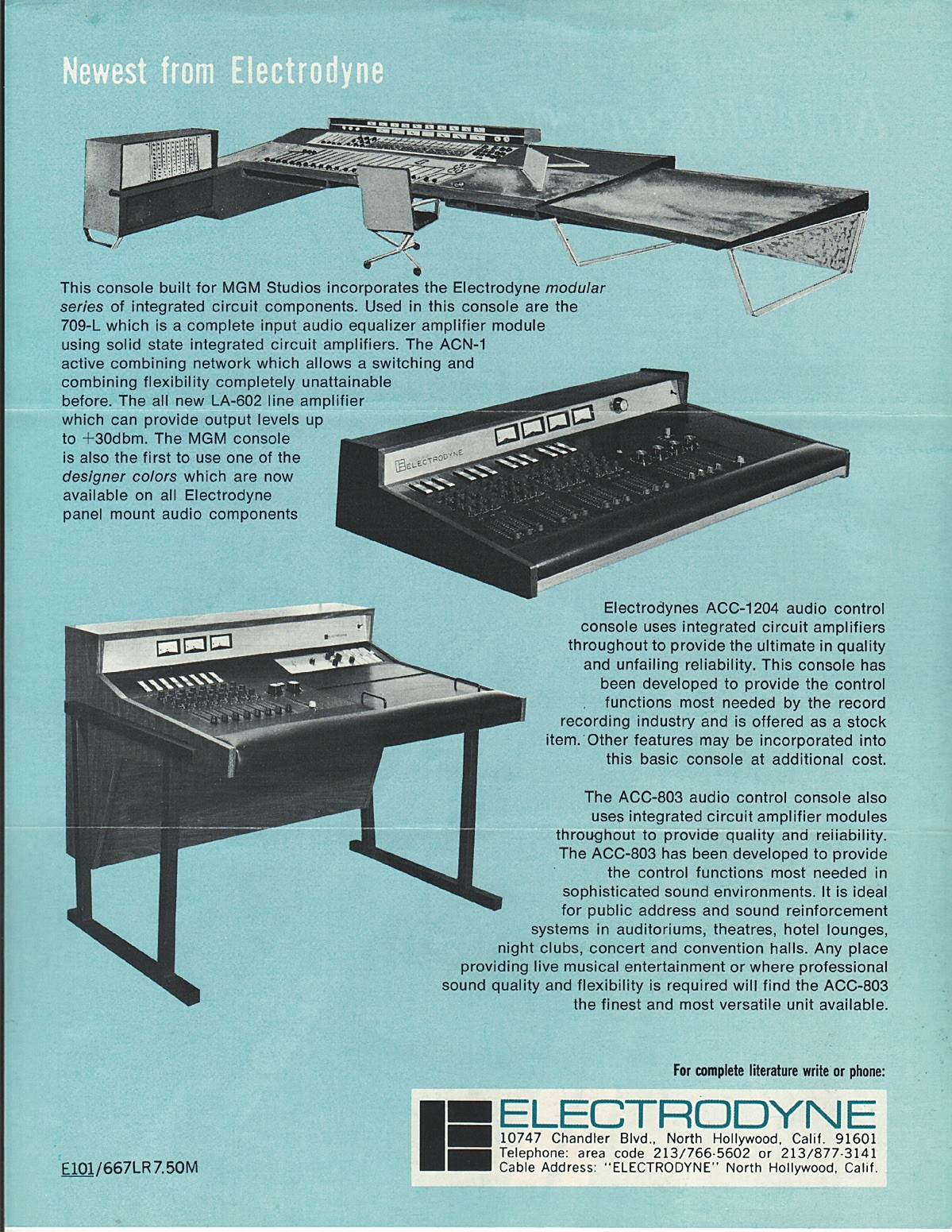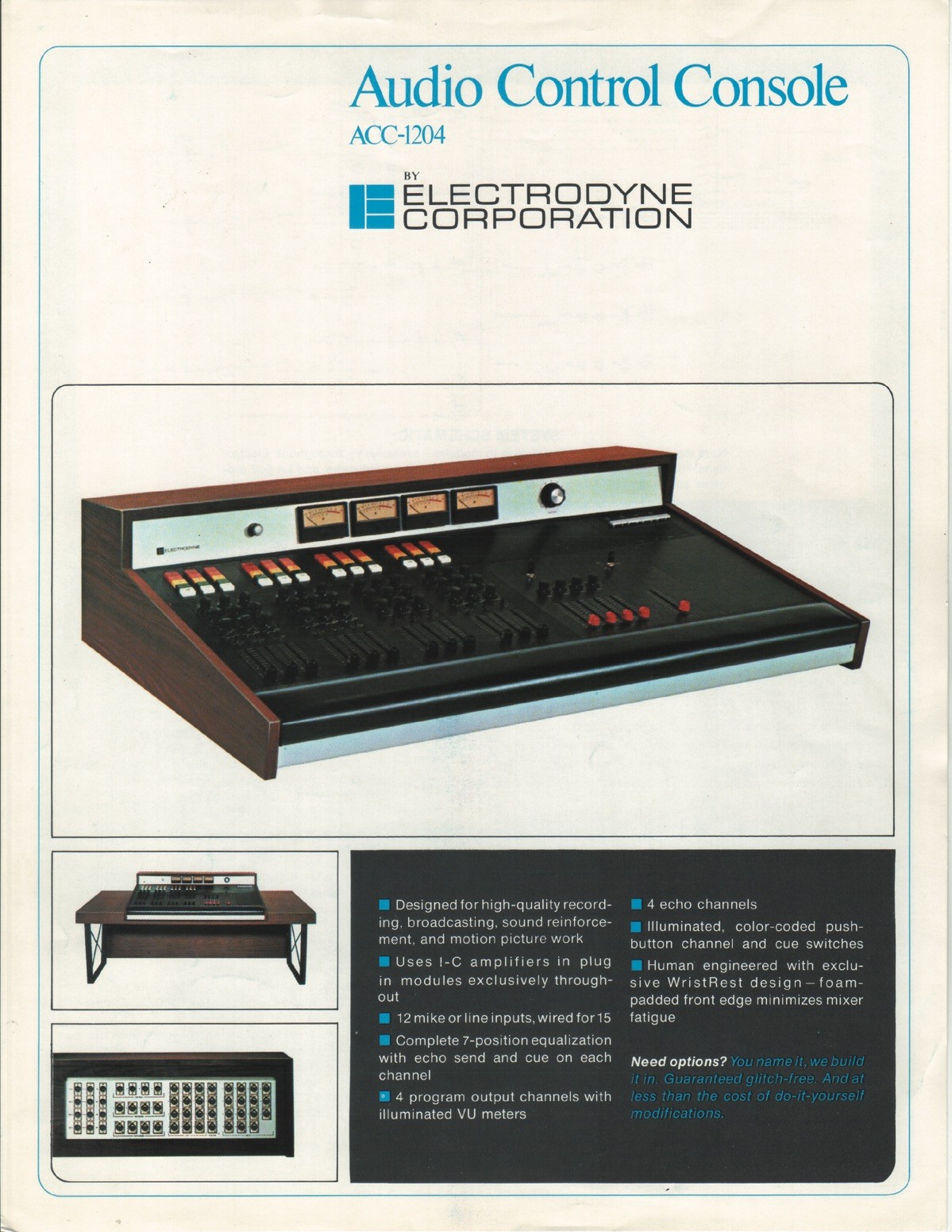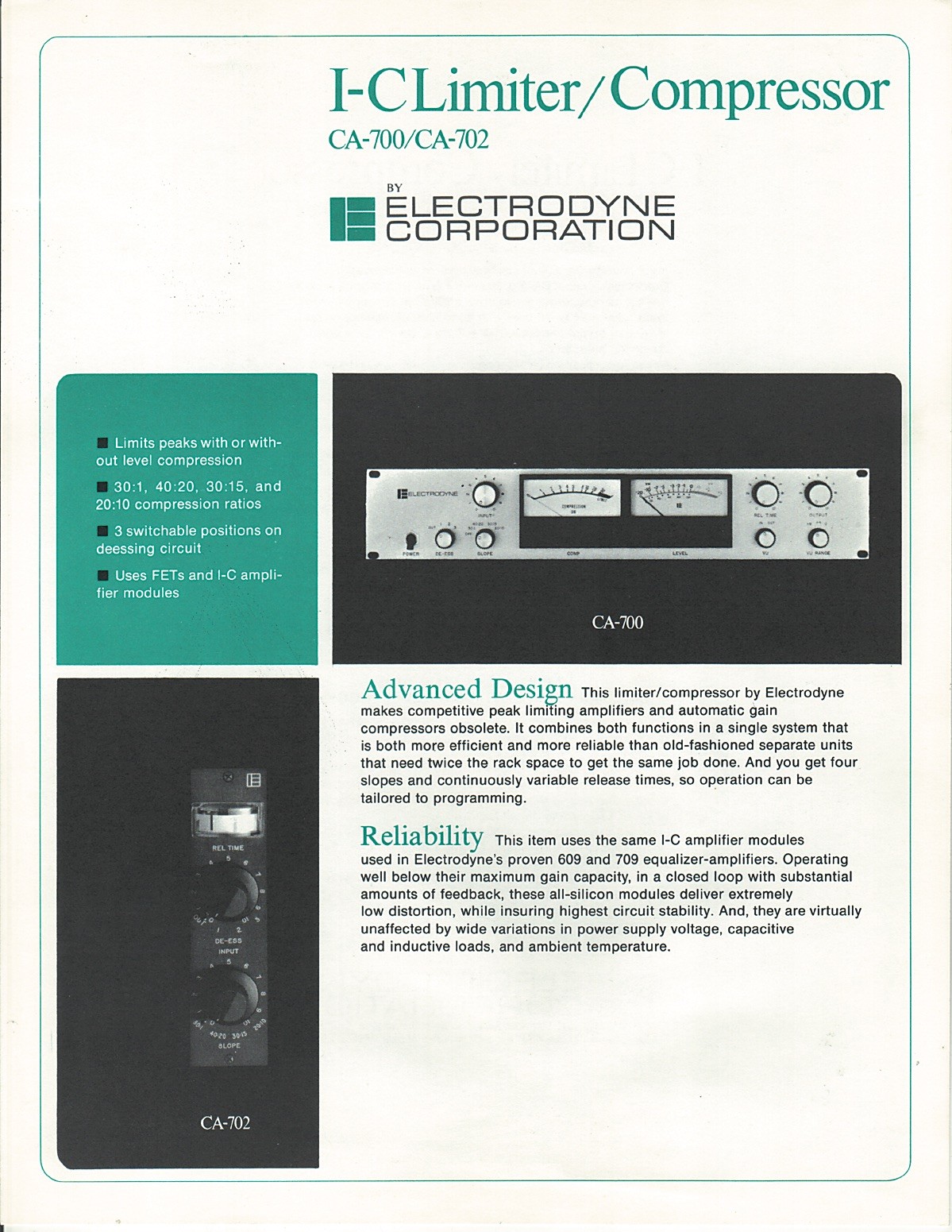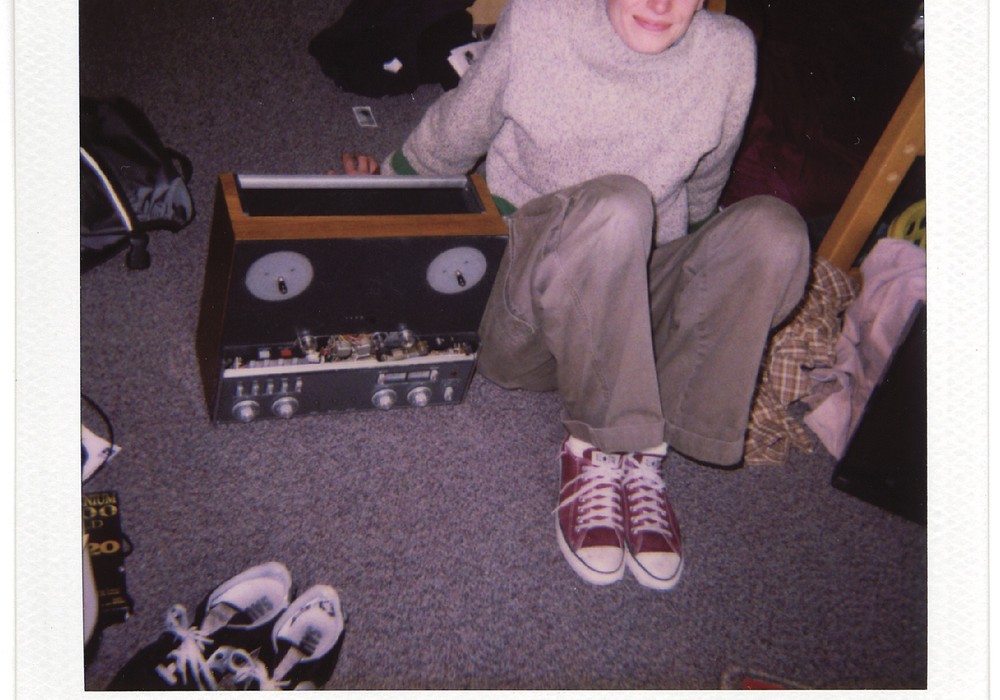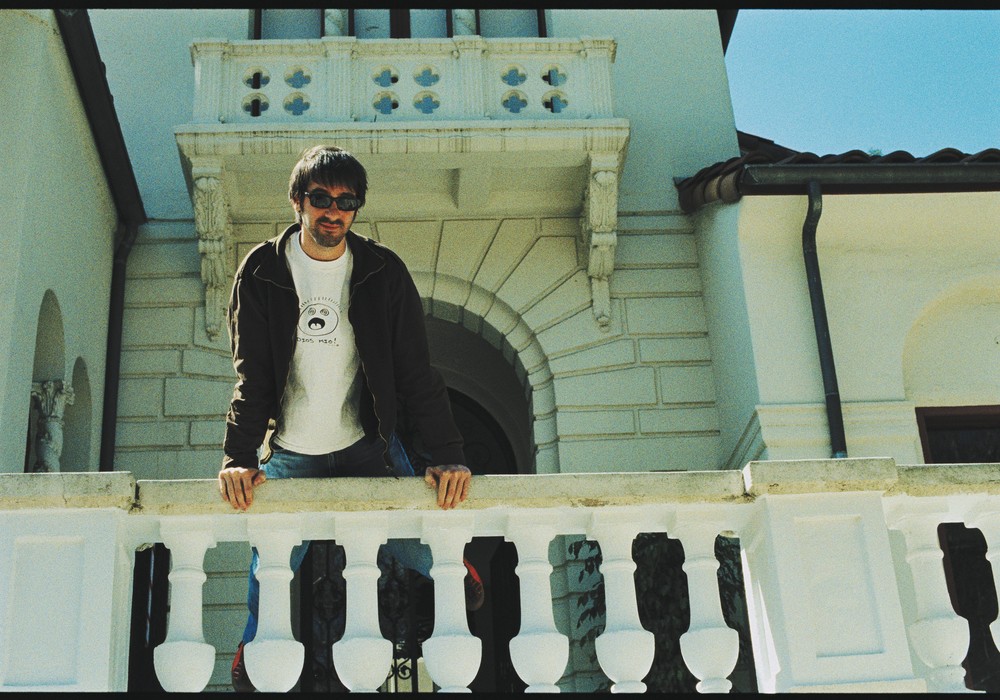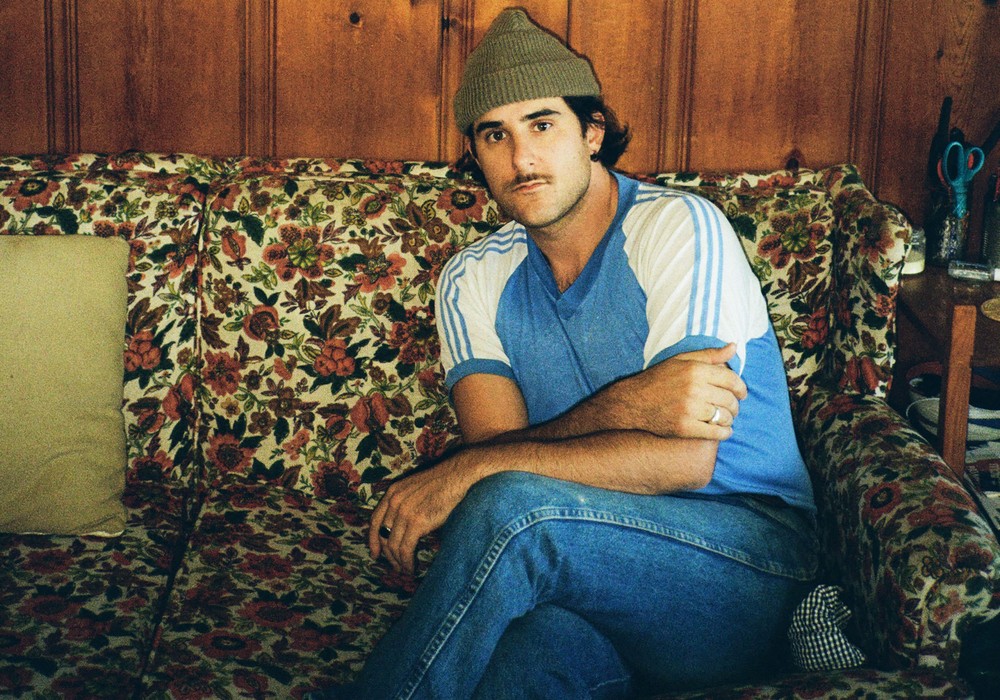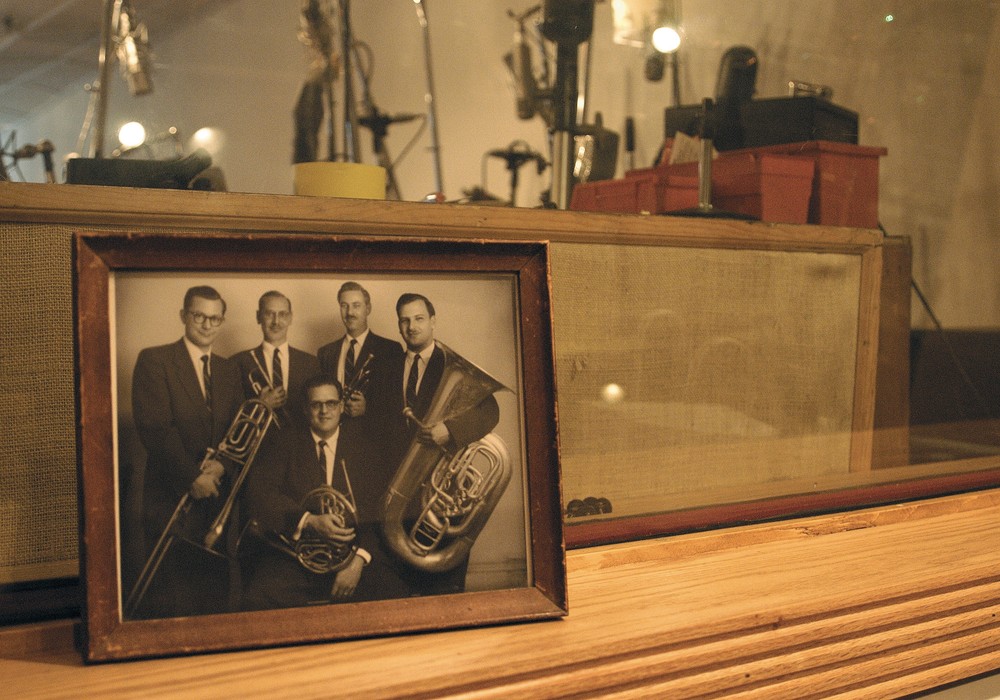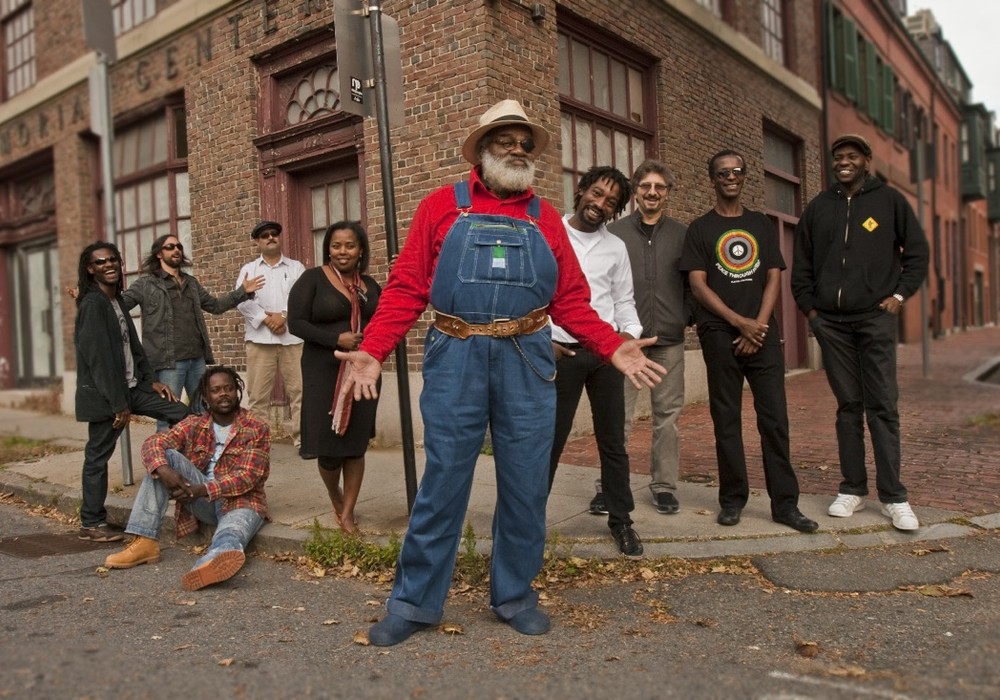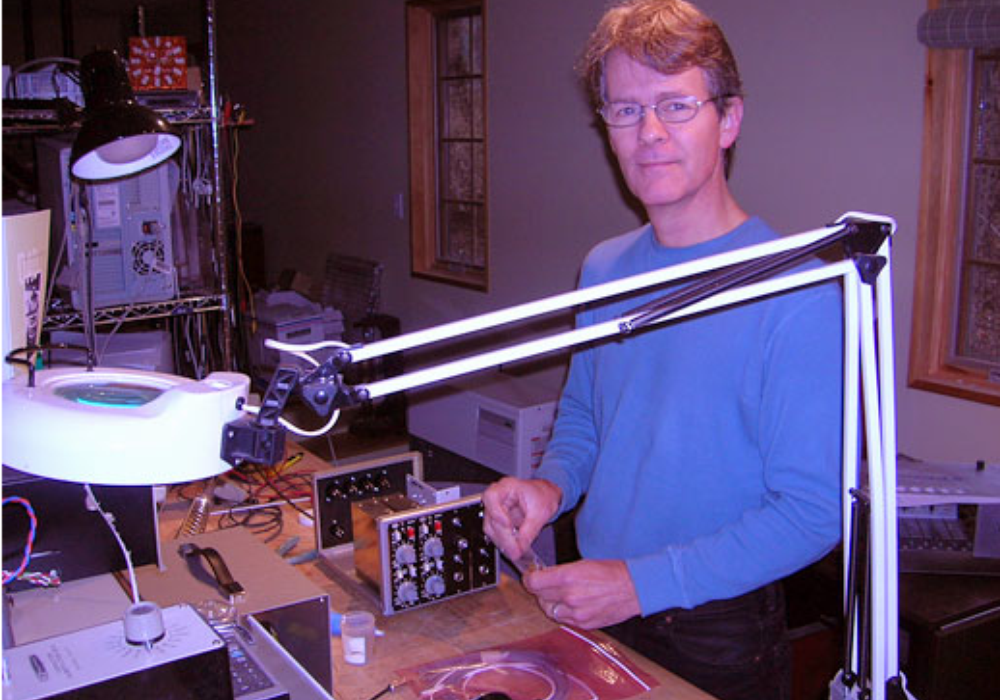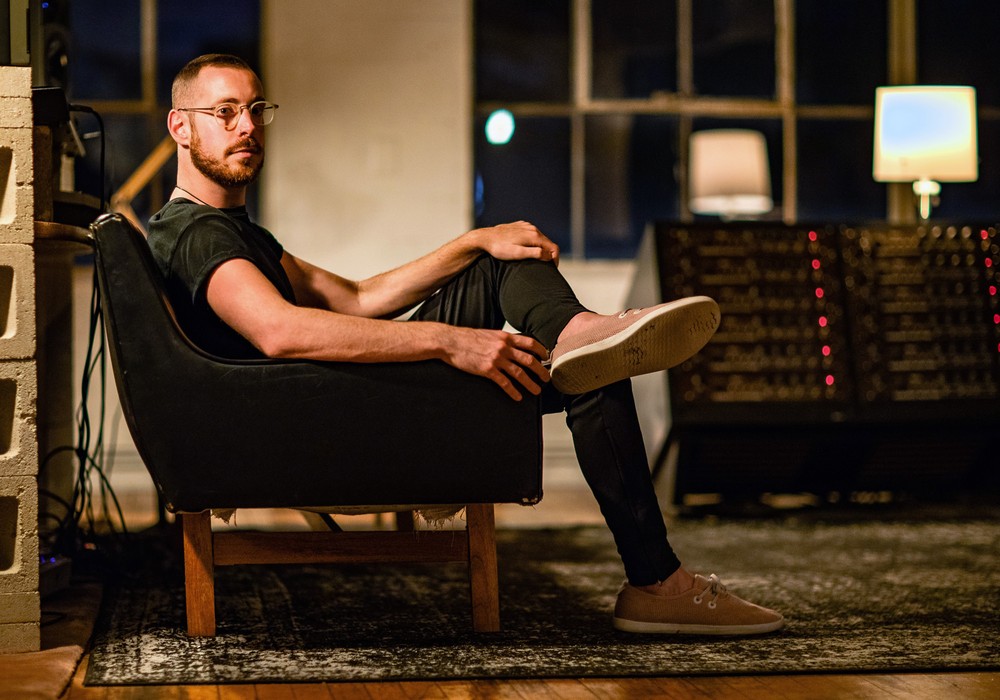I'm going to let you in on a little secret — one that few engineers talk about and several will want to kill me for writing about. What if I told you there was a microphone preamp that could rival a Neve, Focusrite or API, have similar EQ as the venerable Pultec and could be found for one-tenth the cost of some units? Sound unbelievable? I'm talking about the Electrodyne, Sphere and early Quad-Eight modules.
Back in the late '40s and early '50s, the first incarnation of Electrodyne was a manufacturer of tube-based audio modules (preamps, line amps) for the film and broadcast industry. In the '60s, as its later incarnation, it would go on to help pioneer the console industry as we know it. Throughout the '60s Quad-Eight was a sales company that had Electrodyne build their consoles, thus many of the early Quad-Eight consoles have Electrodyne stamped on the components inside. Both Electrodyne and Quad- Eight consoles were ordered by the likes of 20th Century Fox, Universal, Lions Gate Films and others, but they were not limited just to film companies. Decca Records, Warner Brothers, Motown (which according to Motown mastering engineer at the time, Bob Ohlsson, "had the first VCAs in it, possibly making it the first automated console") and Stax (as seen in Tape Op # 44) featured consoles, as well did live venues such as The Hollywood Bowl, The Mormon Tabernacle and The Grand Ole Opry. Back in the day there just weren't many companies building recording consoles. Electrodyne was the first to bring many new concepts to console design that we take for granted today, like a padded arm rest (!) and features like putting the preamp, line amp, equalizer, send and returns and attenuator into one nice little "input module" as they like to call it, which of course could be plugged into a larger frame and routed to a mono, stereo or even multitrack recorder. Sound familiar?
I first learned of Quad-Eight through Danny McKinney at Requisite Audio. Danny happened to have four of the "bittersweet" color modules left from one of the early Warner Brothers' film consoles on his bench. He hadn't used them in years and reluctantly agreed to sell them to me. Once I got them harnessed and powered up I did a set of listening tests between them and my Neve BCM10s (with1073 modules). Not expecting much, I was very surprised when not only did they hold up to these classics, but to my ear were in some ways better. I couldn't help but feel that these modules sat somewhere in between the sound of a Neve and an API, with all the big boldness and forward presence of the Neve (but lacking the extended top end compressed sound of a 1073) with a midrange clarity similar to an API. Danny, as well as several other well-known engineers, had been telling me to look at the Quad-Eights for years, but because I had not read much about them and couldn't find info on them I had passed on purchasing them time and time again.
Wanting to investigate this phenomenon further I gathered a group of musicians, engineers and producers together at Syborg Studio to do an impromptu comparison of the Quad-Eights and some early Electrodyne modules that I had collected. I chose Syborg for its excellent monitoring system and because owner Scott Benson happens to own just about every other mic pre available to compare them with. The units we used were manufactured by Neve (1073, 1079 and 1081 modules), API (512s), Mastering Labs, Demeter VTMP2, Manley and Summit (tube mic pres) and Focusrite (ISA110 and115 modules). Along with Scott was master B3 player, Tony Perrino (Great Southern, Toler Brothers Band), Jeff Britton (recording and Electronic Engineer for Encore Electronics), Frank Moscowitz (Mumble Sound, Nevessa Studios) and producer/world music and jazz great instrumentalist Carl Landa.
Time and time again we all agreed that on a variety of sources (drums, human voice, acoustic and electric guitar, B3/Leslie and triangle) the Quads and the Electrodynes held up against the stiff competition. In some cases we favored the sound of these pres over the others. Once we started using the EQ section the power of these units became even more evident. The passive inductor based EQ design with op amp makeup gain allowed minimal phase shift into the material while retaining full musicality of the select bands. The bands are very limited by today's standard, covering fixed frequencies of 50, 100, 300 Hz on the low bands and high of 1.5, 3, 5 and 10 kHz on the Electrodyne 710 modules with the addition of mid frequencies at 300, 500, 700, 1.5 kHz on the 711 module. Not surprising is that The Quad-Eight MM310 with it's 'lo' of 50, 140, 250, 400 Hz, 'mid' of 400, 700 Hz and 1.5, 3 kHz, and 'hi' of 3, 5, 7.5, 10 kHz have similar frequency points as the Electrodyne units with the Q8 311 and 312 adding just a few more. The chosen frequencies provide just the right amount of musical muscle when needed — probably the reason these frequencies points have become 'standard' over the years. All boost (+10 dB) and cut (-12 dB) switches have detented knobs in 2 dB increments, making repeatability effortless and for devices over thirty years old, they feel every bit as tactile as if they were made yesterday. These things are built like a tank. The higher the boost or cut, the narrower the band becomes, just like a Pultec. Surgical? No. Musical? Yes!
One set, the Electrodyne 712 modules, stood out in particular with its graphic EQ section reminiscent of the highly regarded API 560s. These are the rarest of the modules and predate the APIs by some years. I think it is safe to say that these were the very first 'console based' graphic EQs. With frequencies covering 50, 100, 200, 400, 800 Hz and 1.6, 3.2, 6.4 and12.8 kHz these graphics were definitely my favorites in the group. Their power became very evident when used several weeks later on a recording session to correct the frequency response of a very lame Takamine acoustic guitar. Several of the engineers had recorded this particular guitar in the past with unsatisfactory results, culminating in the replacement of the guitar on the tracks. They were even more surprised when this lame guitar became a monster with the additions of just a few bands on the 712. A useful and great sounding tool at an incredible price, I had to learn more.
While researching Electrodyne I came across a seminar that Lynn Fuston (www.3daudioinc.com) had hosted, "Mic Pres In Paradise". One of the members on the panel was an engineer I had never heard of named John Hall. It turned out John was one of the designers of the discrete op amp used in the early Electrodyne modules. As John tells it, "The 709 was an IC designed by Bob Wiler at Fairchild and used in the original Electrodyne 709 module. We redesigned it as a discrete monolithic op amp [with much better performance specs] and that's what we used in the early Electrodyne 709 (line amp module), 710, 711 and 712 mic/line/EQ modules. Same with the earlier designed Quad-Eights which were basically Electrodyne consoles that were re-branded."
I was curious to know how the Quad-Eight connection had come about. Hall continues, "Bud Bennett was a salesman and started a company called Quad-Eight, so named because he invented a process for Technicolor Corporation." Elaborating on this process a bit more, former Quad-Eight manufacturing engineer David M. Gordon told me "the process that was called 'Quad-Eight' was to print four strips of 8 mm film on one piece of specially perforated 35 mm film stock which would then be slit after developing. This enabled the lab to utilize the 35 mm processing equipment to develop consumer 8 mm film, hence 'Quad-Eight'." "Bud would take orders for film consoles and order a console from Electrodyne," said Hall. "He'd have it shipped to his place in North Hollywood. At which point he would have the same engraver that we used put a "Q" over the "E" of our Electrodyne console and hence a Quad-Eight console was born."
I asked Hall if at some point they started building consoles themselves and the designs were basically exact replicas of what Electrodyne had designed for them? "Yes, in fact they stole all our designs! I use to work on Sundays a lot and I went in there this one Sunday and worked all day, everything was fine. The next day I come back to work and all our schematics were out all over the place, on the floor with foot prints on them and everything and all our blueprint toner ink was gone. Well, sure enough Bud paid the truck driver for Electrodyne at the time and had come in and copied all our designs. All except the A-1000 op amp design, as we never did a schematic for just that reason!"
Talking to John about the background of Electrodyne I realized there was a bit of audio history here that has never covered before in print. John put me in touch with a gentleman named Don King, the former service manager and sales man for Electrodyne and Langevin, who agreed to fill in some of the missing details.
Don sent me a fine, detailed audio cassette, and as it's opening said, "Virginia, there were two Electrodynes. Both Electrodynes were founded by progenitors of the motions picture industry. For the sound requirements of the motion picture industry at that time required you to not only capture dialogue in a sound stage, yet sometimes that stage was moving, reminiscent of the old Wells Fargo Stage where you had not only the actors, but horses, the stage coach itself, environment issues and the dialogue. And here you had this little microphone up above the actors trying to capture all this sound."
According to Don, "The owners of Electrodyne at the time were two gentlemen named Art Davis and Art Moser. Art Davis owned Cinema Engineering and had a fine head engineer name Chuck Broneer. Chuck had come from Western Electric and brought with him his designs and drawings for tube based line and mic amps, controllers, audio amplifiers and EQs. You see, at that time everything was separate..." and therefore took up a lot of room — and not on a nice 'console strip' as we know it today.
"The first Electrodyne components were based on tubes. Not like the tubes we have today; these were very small with the wires hanging right out of the bottom. These were not socketed tubes as they are today. And they were very powerful, with over 100 dB of preamp gain to fulfill these sound requirements. Eventually Art Davis sold Cinema to Aerovox, Inc., who really didn't know what they were doing in that particular field and eventually closed down the original Electrodyne company."
King went on to share with me that years later, Art Moser, who had retained the name Electrodyne, agreed to sell Don McLaughlin (a friend of his) the name 'Electrodyne' and the second incarnation of Electrodyne was born. "This time, however, they did not use the tube-based design but the new integrated circuit [IC op amp] designs that were just coming out about that time." Actually theirs was an improved Fairchild 709 integrated circuit redesigned and called the A1000. Later this would morph into the Electrodyne A2000.
Continuing the op amp lineage for a moment, David M. Gordon told me, "The first Quad-Eight op amp would be called the AM3 (the square, potted block that looks like an API 2520). Chief engineer for Quad-Eight, Deane Jensen, would later redesign this into the AM4 hybrid op amp [which he later refined into the famous Jensen 990 op amp] and after Jensen left Quad-Eight this would morph into the AM10 [found in the Coronado, Pacifica and Ventura consoles], finally after Mitsubishi acquired Quad-Eight, it would become the AM12 [and later AM12b — their attempt at a cost reduced replacement for the AM10]."
King continues, "Electrodyne's true claim to fame was that it was the first company to take all these separate components — the mic preamplifier, line amplifier, controller, equalizer, router and attenuator — and combine them all into one, as they called it, 'input module'." Today we know this as a console channel strip. "Not only did they combine all these electronics, they also made it so that it was not impedance critical. You see, until Electrodyne developed this method you had to match all your different ohm-ages when combining different pieces of electronics. Broadcast consoles were especially very impedance critical. Electrodyne eliminated the need for this by developing the 'active combining network' (acting as a bridged amplifier), which was a 10,000-ohm device used to 'route' all the individual 600 ohm 'integrated circuits' modules" (read channel strips), thus developing what we now know as the 'recording bus'. You could add or subtract many, many 600 ohm modules to this system before it became a problem." Something we don't even have to think about today, thanks to Electrodyne.
The consoles were manufactured in-house at their new state of the art facility built in North Hollywood, California, which at that time had its own research and development department, sheet metal fabrication shop, carpentry shop (the early Electrodyne console housings were made of wood) and floor assembly area. All of this was a very new concept at the time, and the world of console manufacturing as we know it would never be the same.
Unique to these consoles, they could be ordered in what was advertised at the time as " another Electrodyne first... A Kaleidoscope Of Color" as the engraved console surface over the aluminum was Formica. This led to the wild colors that can be found on the strips today. Even though you could order just about any color, I was told by one of the original designers that they had to talk Emmylou Harris (and then husband/producer) Brian Ahern out of the shocking pink color they wanted. It was a little 'too much'.
The companies born out of Electrodyne read like a who's who in the annals of the audio industry. Ed Reichenbach was hired to build the audio transformers used in the consoles. Don McLaughlin would later fund Ed to become his own transformer company, Reichenbach Engineering ("a truly superior device", states King). Gene Sakasagowa went on to start Saki Magnetics from the Gauss Corporation, who were part of the MCA Technologies Group, the same company that would eventually acquire Electrodyne around 1970. Langevin was bought by Electrodyne because Altec and Gliss couldn't supply slide wire attenuators fast enough to Electrodyne. "And therefore Altec couldn't even build their own consoles at the time," asserts King, so by buying Langevin they were sure to have sufficient supplies on hand. Later the Computer Equipment Company would purchase MCA Technologies (around 1972) and a new company would be formed which had most of these companies under their corporate parent company, now called Cetec. King went on to say, "The Ce taken from Computer Equipment Company, the tec taken from MCA TECnologies". Thus, you had Electrodyne, Langevin, Saki, Gauss, Optimation and Reichenbach all under the same parent company. Keeping in mind all the original designs came from the first motion picture companies Western Electric and RCA and you can see how the lineage of the audio industry we have today was born.
David M. Gordon elaborates further, "Deane Jensen, who would go on to chief engineer for Quad-Eight, started his own op amp designs before starting to sell Reichenbach transformers as retrofit units for most big name consoles and then he went full time with his own company: Jensen Transformers by Reichenbach Engineering."
King would go on to state, "Don McLaughlin would later retain most of Electrodyne's designs but would form a new company called Sphere, which is still alive and well today but not manufacturing audio consoles anymore." I called Don McLaughlin to ask him about the similarities of the original Electrodyne consoles and the Sphere console. McLaughlin explained, "The Sphere preamp and EQ were actually an improvement to the ones used in the Electrodyne consoles. The original equalizer inductors would saturate when pushed all the way and start ringing. Sphere used bigger inductors to stop this and added more frequency points, switchable frequency points." The graphic version of this EQ would go on to be called the Sphere 900 Series EQ (there was a 900 and, later, 910 and 920 versions that could be ordered). I had heard of these EQs and seen pictures of them but never got to use any of them. "A shame," McLaughlin muses, "Several mastering houses at the time used these as their equalizers. There was also a fixed frequency semi parametric EQ as well as a fully parametric EQ (the EQ 1014) that could be ordered along with those graphics, however the customer wanted it configured." When asked how the mic pres differed from the Electrodynes, McLaughlin states "the mic pres were basically an improved John Hall design using a new op amp Hall designed called the SPA 62. Reichenbach still supplied the transformer." In his quest for sonic perfection McLaughlin told me, "Later I also came up with a different circuit design that would stop the phase switch from popping when engaged, same with the EQ in/out switch." This is a retrofit that McLaughlin still does to existing Sphere consoles today.
The list of Sphere purchasers, as expected, is quite impressive. Artists such as Ronny Milsap, Hank Snow, The Judds and major studios of the time, such as Sigma Sound and Alpha Audio, bought Sphere consoles. As McLaughlin told me, more than a dozen Sphere consoles ended up in Nashville in the long run. Even the U.S. White House bought one in 1975 under the Ford administration. Unfortunately, this was sold last year, replaced by a new digital console. Something tells me that board won't last the 30 years the Sphere did — time will tell.
Langevin, through the help of Don King, was later bought by Manley Labs. Gauss is still alive as Gauss International (making high speed tape duplicators). Reichenbach Engineering ceased operations about four years ago and all the assets were purchased by his son Tom Reichenbach of CineMag Engineering, who can still make all the old Quad-Eight and Electrodyne transformers. Quite a history that lives on even in today's world of hi-tech computer recording.
In The End
David M. Gordon was the last manufacturing manager at Quad-Eight in Valencia, California until it closed. As David tells it, in brief... "In the '70s Quad-Eight made a deal to acquire Westrex (it fit well with the focus on the film business). QE/W was the result, then Mitsubishi purchased the company as an American presence (Mitsubishi Pro Audio) to sell the digital multitrack that they built, bundled with a console (Westar). When Mitsubishi decided that they could not sustain the company they sold it to Electori Co. It was run as Quad- Eight Electronics until Mr. Hatori's death when it was closed down". David now works as managing director for Josephson Engineering Inc. (www.josephson.com), makers of some of today's finest microphones.
Even today Quad-Eight lives on, to a certain degree. Ken Hirsch started Orphan Audio out of a love for these old vintage designs (www.orphanaudio.com). You can actually buy "kits" from Orphan Audio to build your own Quad-Eight mic pres from vintage line amp cards. For the savvy studio engineer this could be a way to have the vintage sound at a low cost without the guesswork or research required when converting these line cards from scratch. And for anyone who owns a Quad-Eight console, Ken may have just the parts you need to keep it running as smooth, plus there's a Quad- Eight forum on his site.
Recently A-Designs Audio (www.adesignsaudio.com) introduced the familiarly named Pacifica mic preamp (see review this issue) with a design based on (yet different) than the vintage Quad-Eight preamps.
Today there are several studios that pride themselves on owning one of these vintage beauties from this past — my studio, Silvertone, being one of them — with a 1969 Electrodyne ACC1204 (15x4) console. Not only do they sound great, they look cool as hell and after thirty plus years in service are still considered by some as one of the best sounding consoles designed. Yes, when an old pot finally goes or a cap leaks and dries out they're a pain in the ass to get fixed, but what you are rewarded with in sound more than makes up for keeping these running smoothly. As my tech, Ken McKim (Retrospec, Trouble Report owner, Allaire Studios' technician), tells me, "The beauty of these modules is in the simplicity of their design." Just try to buy the same build quality today and see what you spend for it.
As with a lot of the manufacturers of the past I don't think they realized at the time what a profound effect their creations would have on the world of art well into the next century. Listen to the sonics of Pink Floyd's The Wall (mixed on three Quad-Eights tied together) or Boston's "More Than A Feeling" and hear the history of Electrodyne, Quad-Eight and Sphere.
